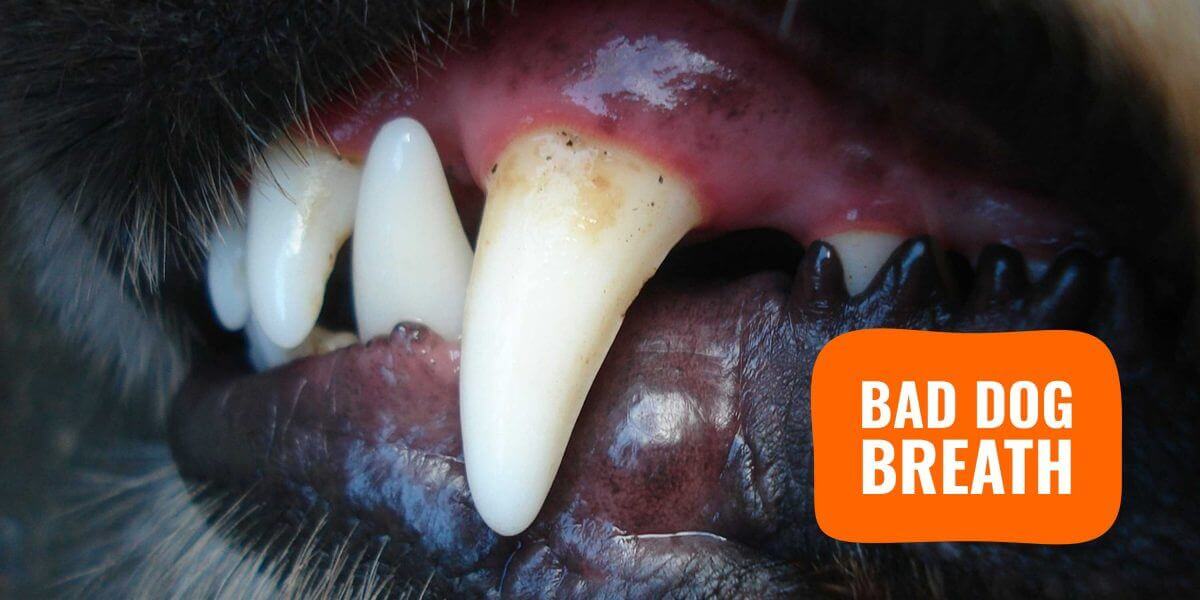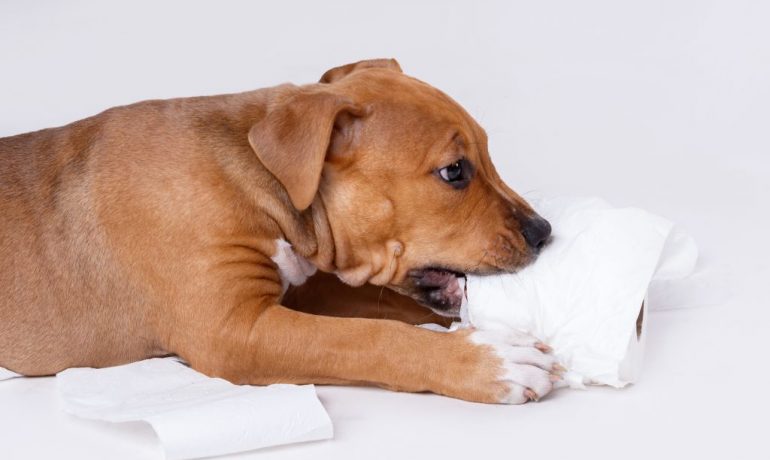
Outward Hound make slow feeder bowls in bright colors that look kind of like round mazes. Some people use special bowls designed to slow down puppers. There is only so much space in a dog's stomach. This can lead to throwing up right after eating. We know that dogs can get super excited about meal time and basically inhale their food within minutes.
#Pica syndrome in dogs full
To alleviate this, keep a full bowl of clean water within their reach at all times so your dogs can slurp water (and make a huge mess) whenever they want! 2. If you see a small puddle of clear liquid near the bowl, your dogs are likely drinking too fast. You might also consider feeding the dogs in separate areas so they feel safe enough to eat at their own pace. This is a situation where an electronic feeder could solve the problem of a dog needing to eat fast to get food. This becomes a problem in multi-dog households when one dog regularly eats the food of the other dogs, causing irregular eating habits and food binging. This is a telltale sign that your dog is devouring her food too fast. You know when you see that big blob of vomit near their food bowl? It looks like food, but also has liquid in it. It might interest you to know there are two types of vomiting: Acute and Chronic.Īcute vomiting is a sudden episode, usually brought on by eating too much and too fast and generally lasts only a day or two.Ĭhronic vomiting is ongoing and means that dogs can throw up 1-2 times per day and likely have other symptoms such as weight loss, pain, and depression. EWhy does your dog to throw up like that? And why does it happen so close to meal time? Thirty minutes later you hear the sounds no pet owner wants to hear. Without enough stimulation, they’re bound to grow listless and more likely to start eating things they ideally shouldn’t.It's dinner time and your buddy is all excited about his dinner, devouring everything in record time. Try to devote more quality time to your pet and hopefully you should see some changes.Ī happy day for pets includes quality time with their human, where they play and stay engaged and connected with you. Neglected pets will have a tendency to develop this condition. Try planning a new diet for them with the help of a pet nutritionist for better guidance and watch out for any resulting changes. Once you’ve started the treatment, you cannot expect your pets to stop eating non-edible objects right away, can you? It means that for a while, you’ll have to pay closer attention to what your furry friends put into their mouths and stop them immediately when they’re eating something they shouldn’t be.Īs we’ve discussed in the last section, lack of proper nutrition could also cause Pica in your pets. You might even have to consult an animal behaviorist if the problem is psychological or behavioral. It’s best to book an appointment with your vet to figure that out and plan a treatment accordingly. The first step towards solving any problem for your pets is figuring out the cause and for this you will need a vet’s help. Here are some major medical problems in cats and dogs that could result in Pica:

In many cases of Pica, vets have observed how infected dogs and cats suffer from deeper issues that form the root of this disorder. Lastly, not exercising enough is another reason why your pet (especially dogs) might develop Pica. When pet parents are unable to dedicate quality time to their pets they become bored, lazy, lonely, and stressed which fosters a habit of chewing on non-edible things. While Pica might seem like a purely physical problem on the surface, when you dig deeper, you might find a few psychological driving factors. If you’re not feeding your pets a balanced diet that meets their nutritional requirements, they tend to gain these nutrients from elsewhere and end up suffering from Pica. Whether your pet is a canine or a feline, the causes of Pica are more or less the same. Pica disorder in Dogs: What are the symptoms? Here are some other Pica symptoms you might notice in your cat:ĭistracted, appearing wound up, and relaxing only when they have something non-edible in their mouth. When they start chewing and swallowing these objects you should know it’s getting serious.

In the initial stages of Pica, cats will only lick and suck on non-edible items. However, if they’re older than six months and still cling to those tendencies, it’s cause for concern. If your little kitty is younger than 3-4 months, you can consider this normal, as many kittens outgrow these tendencies as they grow older.

If your cat is an Oriental breed, they might go for things made of fabric. The first and most obvious symptom of Pica is a tendency to eat non-edible items like cat litter, plants, rubber bands, shoelaces, electrical cords, and other objects made of paper, plastic, and wool. Among cats, this disorder is most commonly known to affect the Tonkinese cats, Burmese cats, Siamese cats, and other Oriental breeds.


 0 kommentar(er)
0 kommentar(er)
